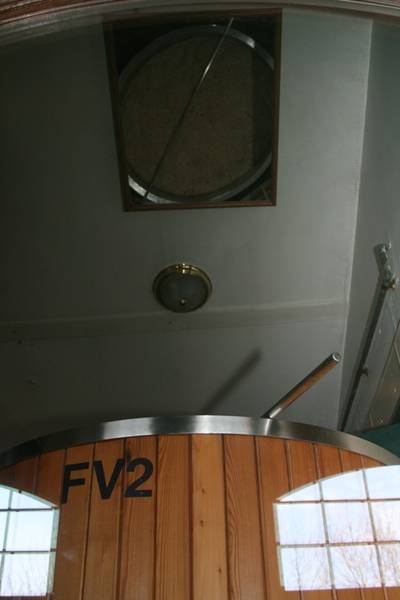flyangler18
Well-Known Member
Remember, starters are for growing yeast not growing beer; yeast need the exchange of oxygen to grow and slapping on an airlock is counterproductive to that aim. You don't really want just a simple ferment.
Aluminum foil = airlock (my nod to Pseudochef).
The Brewing Network.com - :
Aluminum foil = airlock (my nod to Pseudochef).
The Brewing Network.com - :





 slightly
slightly